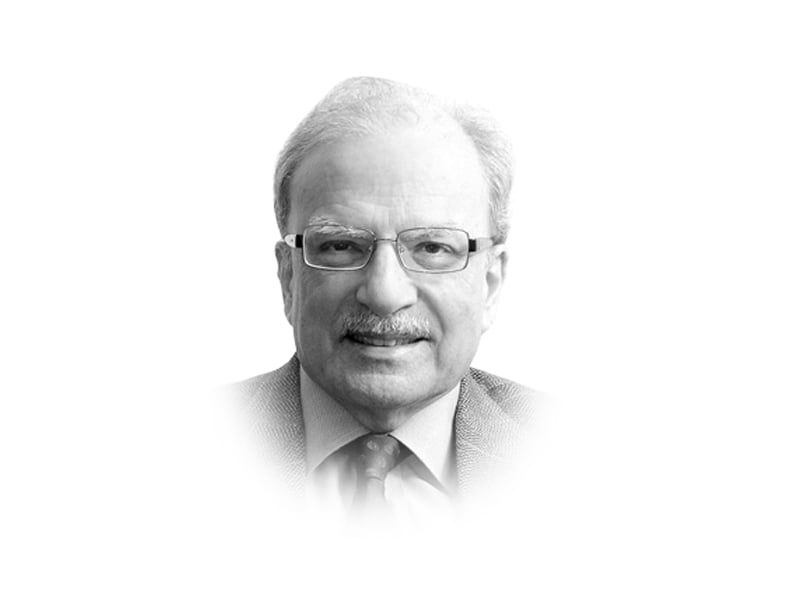
In the last few years, the development of social media has brought about a number of political revolutions. This facilitated the ability of the young to get organised and challenge the state if what it was doing was not to the youth’s liking. This was the main reason why the Arab youth was able to topple four long-enduring authoritarian regimes in quick succession: Tunisia, Egypt, Libya and Yemen.
Technology’s impact on the workplace will be as profound as its effect on the conduct of politics. This, for the moment, is more apparent in developed countries. There, the working class is going through a revolution, the third since the Industrial Revolution. Harnessing of energy embedded in fossil fuels released millions of workers from the drudgery of farm work. Those not needed on the farms moved from agriculture to industry; from low-productivity to high-productivity jobs. This not only increased their incomes but also pushed the economy to a higher growth trajectory. That this would usher in a process of sustained economic development was first suggested by W Arthur Lewis, who believed that growth would be sustained for as long as surplus labour was available in the countryside.
Technology also brought about the next big change in the use of labour. The rapid development of communication technology made it possible for information to flow instantaneously and over long distances. In the words of Thomas Friedman, the “world became flat”. He was referring to the flow of information that made it possible for economic entities in developed countries to get simple work done by the reasonably trained and English-knowing workers in countries with low wages. This led to the birth of what came to be known as the ‘outsourcing industry’. Large firms in America located activities such as accounting, account-keeping, paralegal work, etc. to India and other labour-surplus countries. Outsourcing reduced costs and saved time.
Information technology made it possible to relocate physical work to the places where low-wage workers could do the assembly of parts of components manufactured elsewhere. The splitting of work was used to manufacture a vast range of products, from men’s shirts to computers. The most notable example of this type of split-production was in the case of the iPhones and iPads made by Apple. These were designed by Apple in the US and assembled in a vast Taiwan-owned factory located in South China. Parts and components were made in a number of countries, mostly in East Asia. These changes in the way products were manufactured had an immensely significant impact on the composition and direction of world trade. For decades, trade expanded at rates higher than those of the increase in global output. The share of trade in output increased and the world became increasingly integrated. Pakistan missed most of the opportunities created by technological change. This was because of poor leadership in economic matters and the increasing insecurity in the country, which prevented people who could have brought work to Pakistan from travelling to the country. The time has come for Pakistan to make up for the time lost and that will require a well thought-out growth policy that places heavy emphasis on the use of technology.
Published in The Express Tribune, October 12th, 2015.
Like Opinion & Editorial on Facebook, follow @ETOpEd on Twitter to receive all updates on all our daily pieces.














COMMENTS (5)
Comments are moderated and generally will be posted if they are on-topic and not abusive.
For more information, please see our Comments FAQ